George Aye
Is Designing a
Better Future
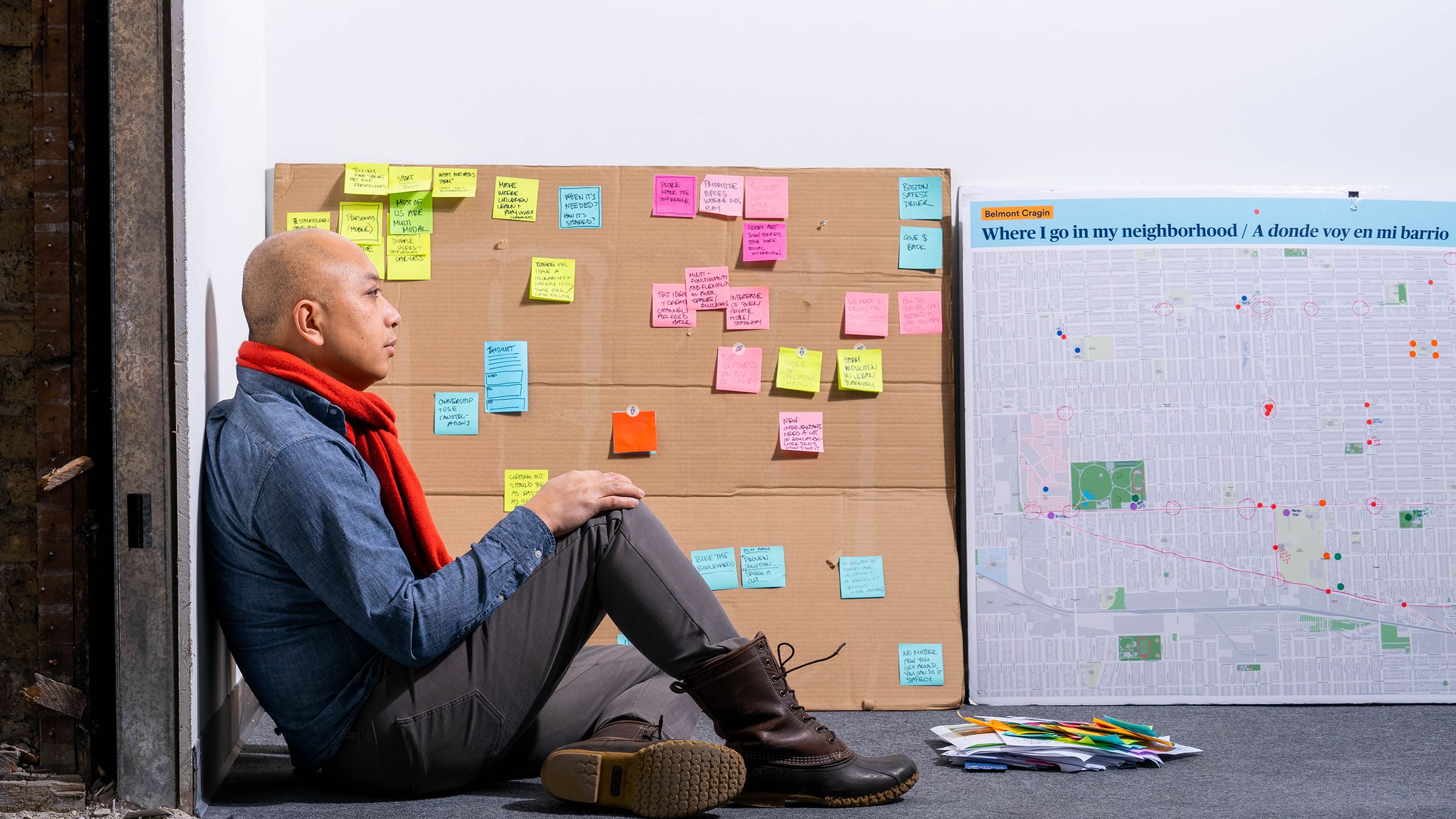
By J. Howard Rosier (MFA 2018)
Portraits by JP Calubaquib
“I don’t think we can just start applying traditional concepts of design everywhere,” said George Aye, a faculty member in the School of the Art Institute of Chicago’s (SAIC) Department of Architecture, Interior Architecture, and Designed Objects. It’s a startling statement; Aye owns Greater Good Studio, a design firm that he cofounded with designer Sara Cantor. Yet the discipline’s usual endgame—an increase in comfort and efficiency—is precisely the rubber-stamp methodology with which Greater Good seeks to quarrel.
Founded in 2011, the firm has 11 employees and 91 clients that it has partnered with or served. These clients are exclusively nonprofits and educational institutions, which speaks to both Aye’s unique outlook on who he wants to serve, as well as his awareness of how connected everything is—and human beings’ inadvertent capacity to damage things as a result.
“Sara and I used to think … design could go spread over everything, because what would be the harm?” Aye said. “And we realized, actually, I think it's a little bit disingenuous, and also perhaps a little harmful to just put certain design concepts everywhere.” In situations where racial, economic, and environmental justice are the purview, comfort should take a backseat to the quest to change laws and policies, he argued, rendering design in the traditional sense an imposition rather than a service.
“Is there a role for design in that space?” Aye said. “Maybe, but it will probably be very small.”

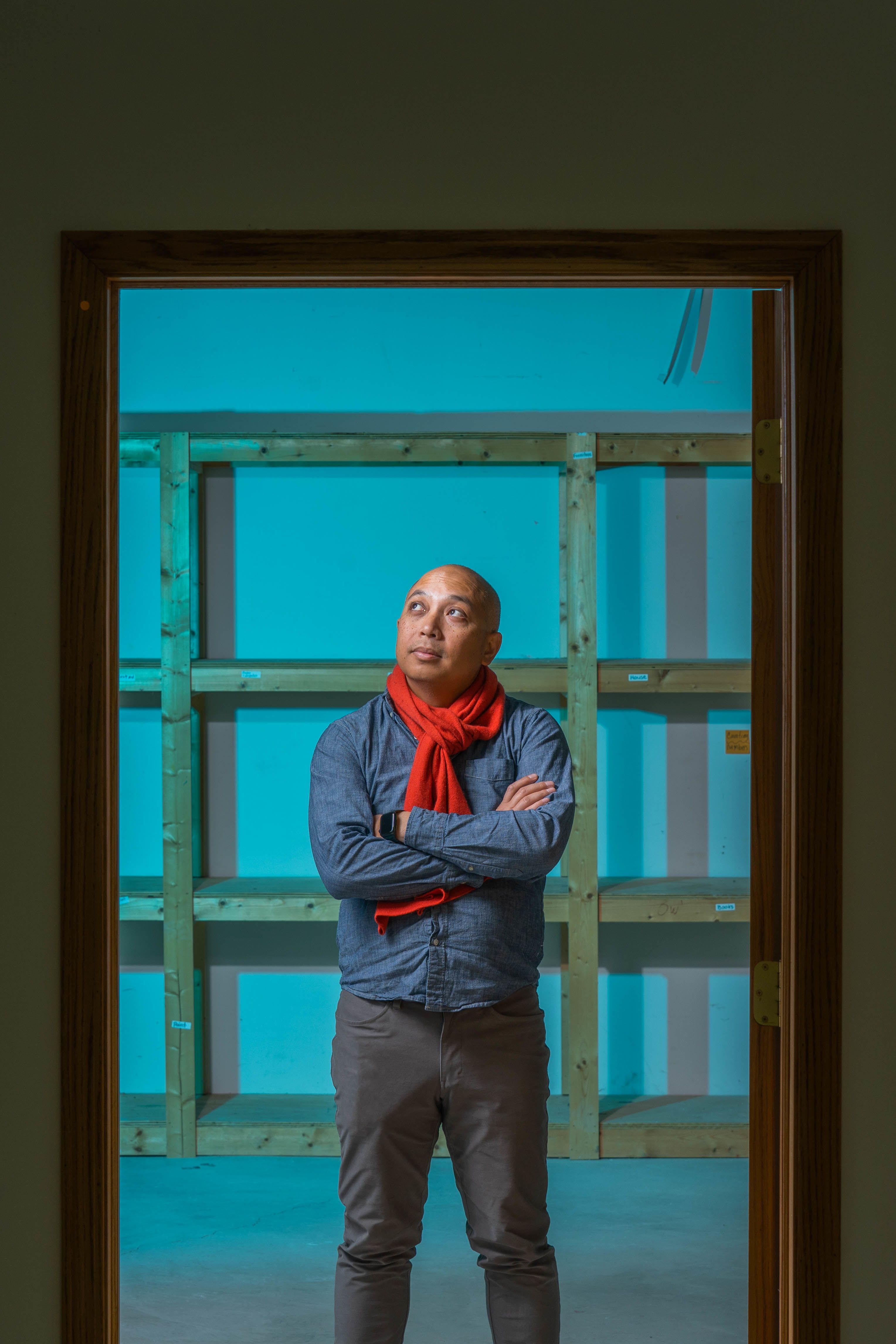
“We already know that climate change is going to impact communities of color the most.”
Glancing at the firm’s projects complicates this definition, however. The projects that the team at Greater Good takes on are big. The difference lies in how they design strategies that go against the status quo and cede authority to their clients, who are by and large community stakeholders instead of corporations.
This approach is tailormade for questions of sustainability. Aye and his colleagues are keen to help in this capacity, acutely aware that the adverse effects of climate change disproportionately affect the firm’s target clients. “We already know that climate change is going to impact communities of color the most,” he said.
Greater Good’s very first project was with the Academy for Global Citizenship, a Chicago-based charter, in which they redesigned the school’s cafeteria as a solution to food waste. Developed as part of a class at SAIC taught by Aye and Cantor, Greater Good nixed the traditional lunch line and instead had lunchroom attendants bring food options directly in separate, reusable containers versus the standard compartment tray. Presenting the children with the option to choose their own food eliminated wait times as a friction point while simultaneously encouraging them to make their own nutrition decisions. The initiative produced a 13 percent increase in vegetable consumption, more balanced meal consumption, and more food consumed overall.
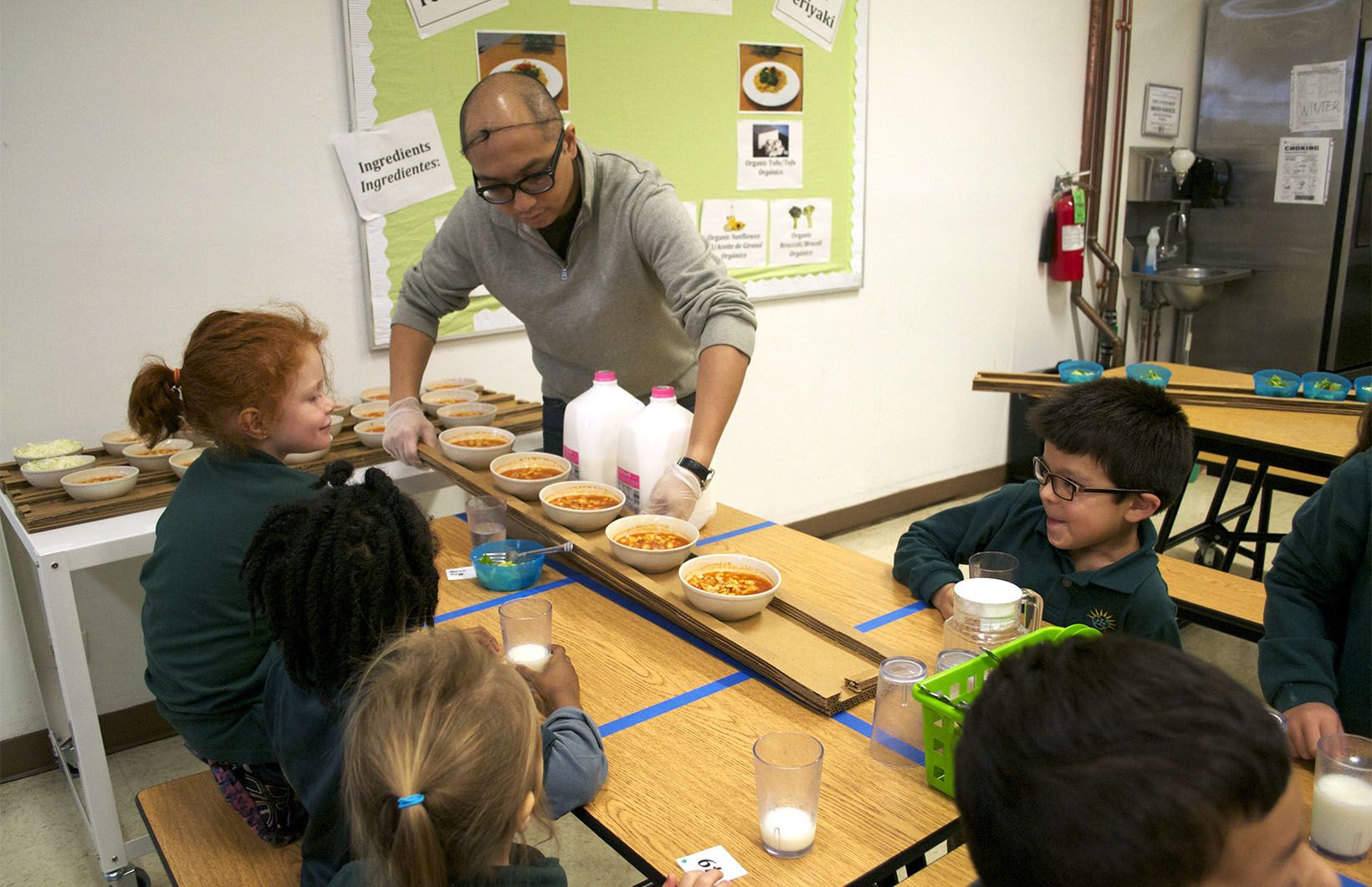
The lunchroom at the Academy for Global Citizenship. Image courtesy of Greater Good Studio
The lunchroom at the Academy for Global Citizenship. Image courtesy of Greater Good Studio
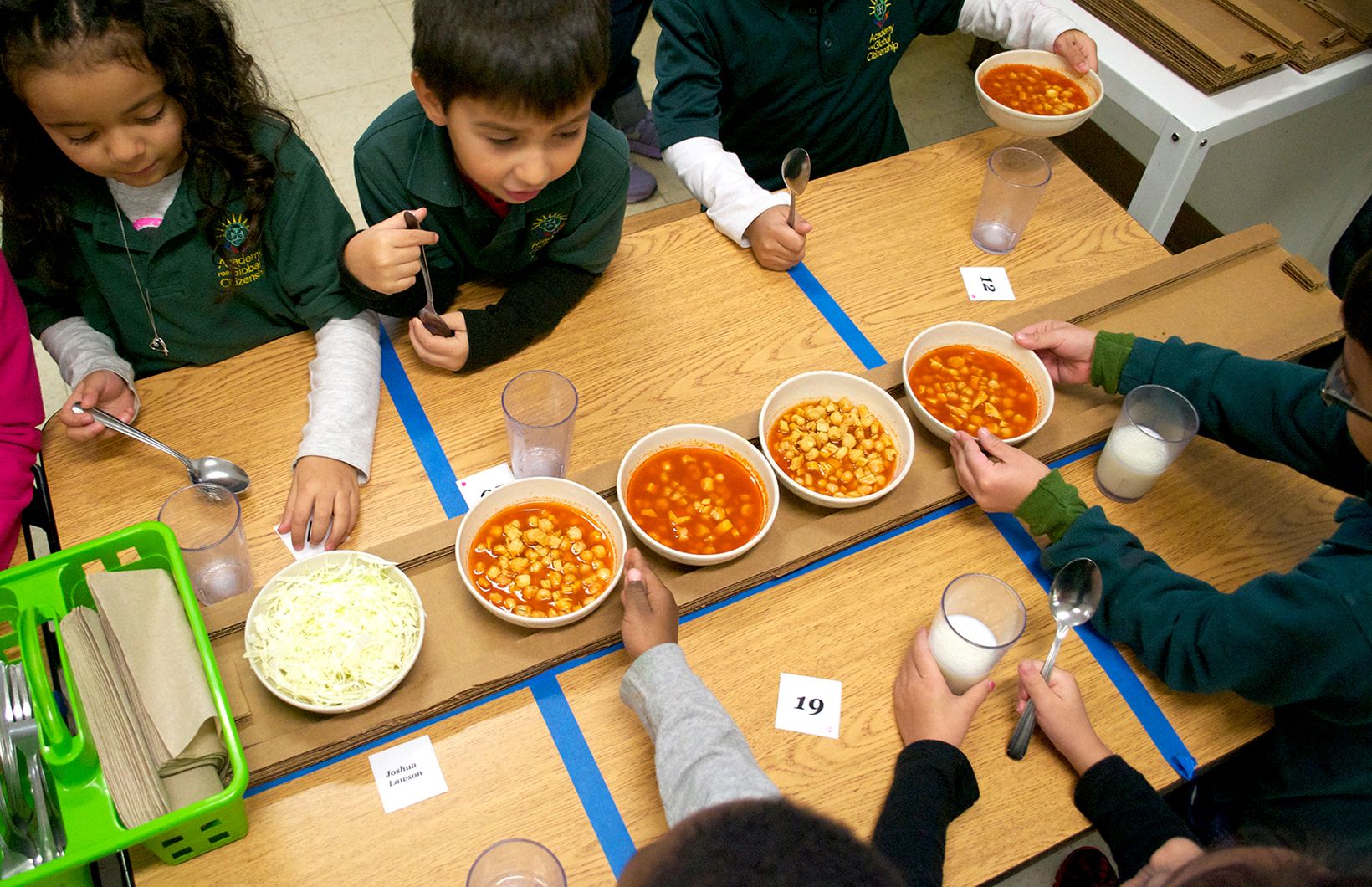
Students at the Academy for Global Citizenship. Image courtesy of Greater Good Studio
Students at the Academy for Global Citizenship. Image courtesy of Greater Good Studio
“More often than not the people we are doing interviews with hadn't realized they weren't being centered at all,” Aye said, referring to the process of clients coming into their sense of agency. “And in many cases, the workarounds they've already created, they never considered to be design work, which is something they hacked for themselves.”
The flip side of this is designers not being cognizant of their responsibility, which Aye witnessed at a Palo Alto, California-based design and consulting firm he worked at for seven years prior to starting Greater Good. Raised in England, Aye went to school for engineering at Bournemouth University, graduated in 1998, and spent the next three years pivoting to design because it seemed like a better fit. He moved from London to work at the firm’s Chicago office in 2001.
“The nature of the questions are going to be different because we're trying to see how we can improve someone's life.”
“There was a bit of a disconnect, I thought, between the projects we promoted versus the projects we actually worked on,” Aye said. The rigor for expensive corporate clients was more acute compared with clients in the nonprofit sector, which were treated more like an afterthought because they weren’t as lucrative. Unless it came to things like for-profit healthcare companies. Then what’s “worthy” of attention gets complicated by applying the design strategies one would use for a corporate client to an institution that is not purely in the business of making money. “The nature of the questions are going to be different because we're trying to see how we can improve someone's life,” Aye said.
This combination of clients led to ludicrous dichotomies. For Aye, the turning point was being tasked with designing insulin delivery devices on the one hand while designing products for Kool-Aid—essentially a vessel to help people consume enormous amounts of sugar—on the other.
As a designer, situations like this made the necessity of self-reflection apparent.
“What exactly is the goal of this project?” Aye said. “And what is the risk that when we enter a complex social issue, typically with some community somewhere, is there any risk of making it worse? That's now become the next-gen level of questioning.”

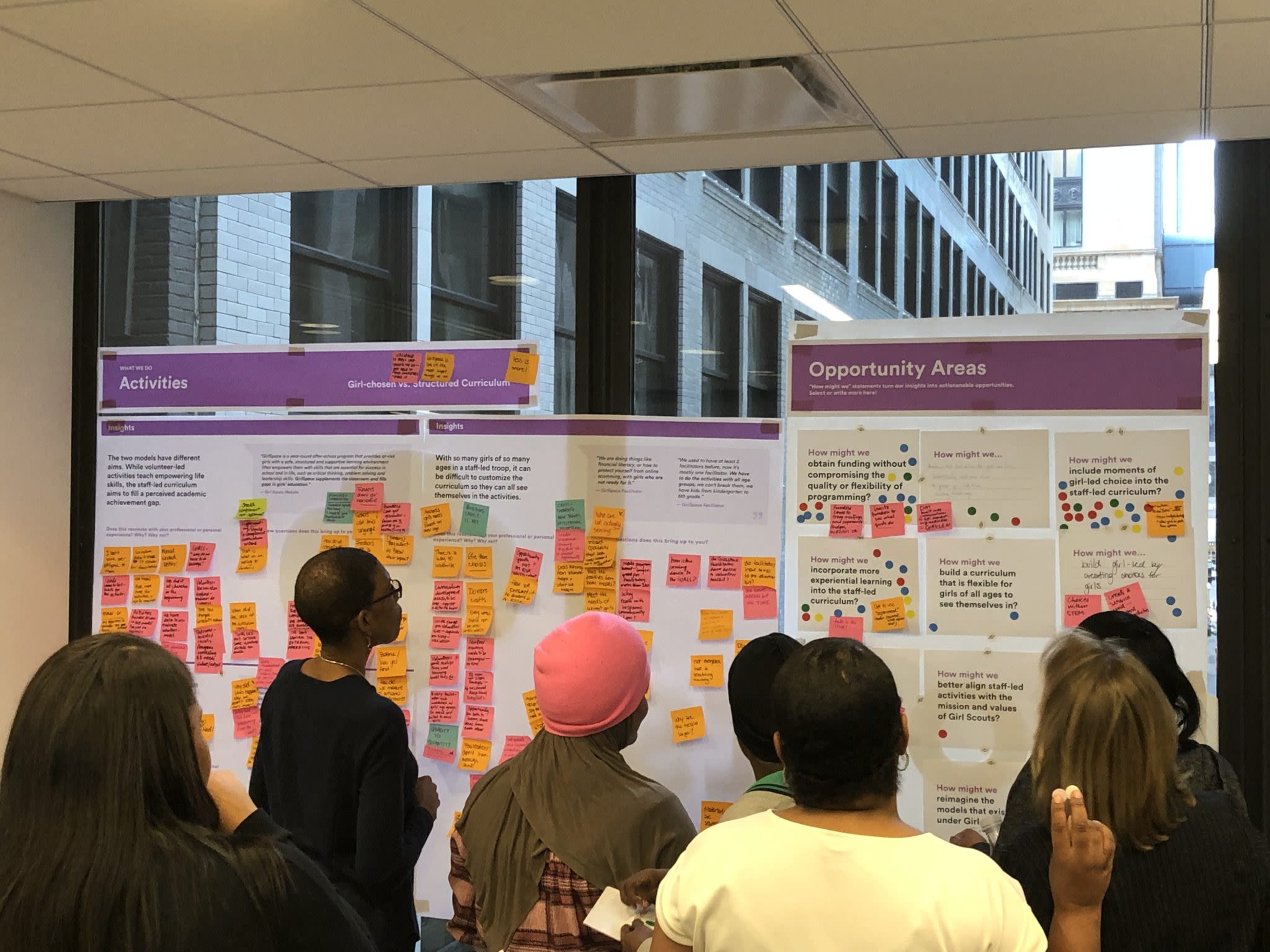
A community workshop as part of the Girl Scouts project. Image courtesy of Greater Good Studio
A community workshop as part of the Girl Scouts project. Image courtesy of Greater Good Studio
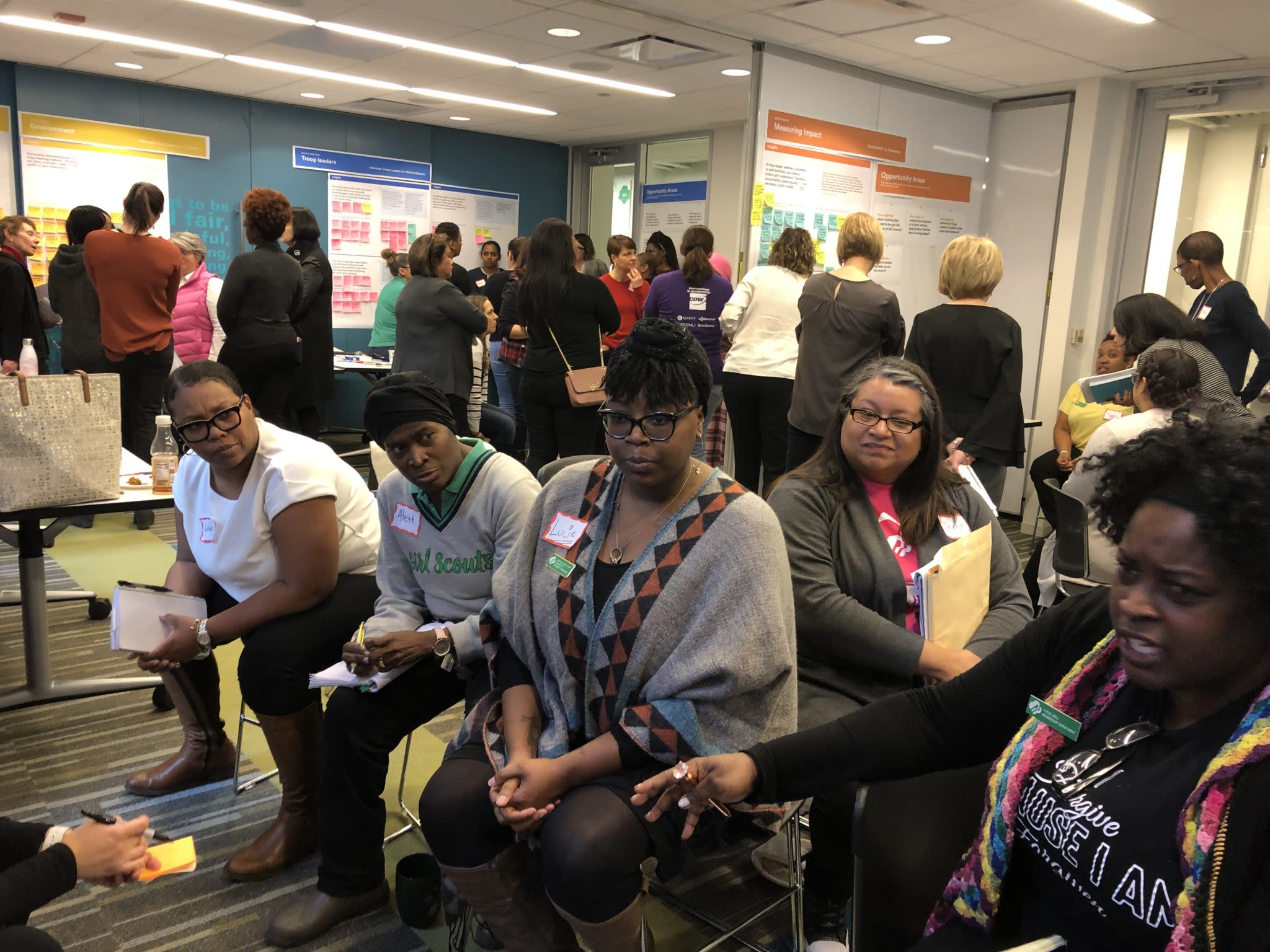
Community members discuss the Girl Scouts project. Image courtesy of Greater Good Studio
Community members discuss the Girl Scouts project. Image courtesy of Greater Good Studio
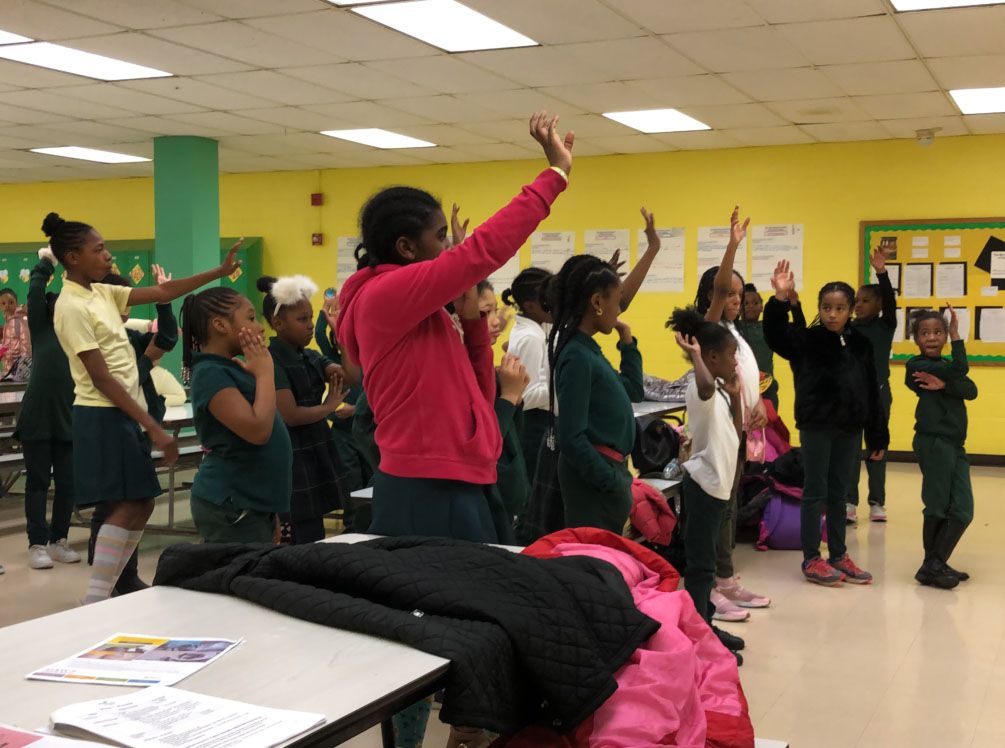
Students participating in the Girl Scouts project. Image courtesy of Greater Good Studio
Students participating in the Girl Scouts project. Image courtesy of Greater Good Studio
This level of awareness manifests in all of Greater Good’s projects, including recent efforts to create more equitable access to Girl Scout troops in Chicago and Northwest Indiana and to expand health and wellness availability in urban, rural, and tribal communities.
The Girl Scouts project delivered a strategic roadmap with specific tactics to deepen the organization’s ties with the communities it serves and enrich their programming. And the community health project, which Greater Good did at the behest of the Robert Wood Johnson Foundation, held a series of nationwide public forums to field ideas from local residents, who applied for funding to make proposed changes in their respective communities. Greater Good compiled a report of the projects’ successes, but also included lessons learned in the hope that future community members could adopt or improve upon their models. Both examples show the lived experience of the people most impacted by social inequity being leveraged to form positive social change.
“Knowing a little more about how design intersects with all these other complex, mature disciplines that have been operating in social sector, is … what we're trying to work out for the next 10 years of our business,” Aye said. “I'd like to work out how to better understand and locate our discipline amongst all these other disciplines and learn how to work well together.” ■


